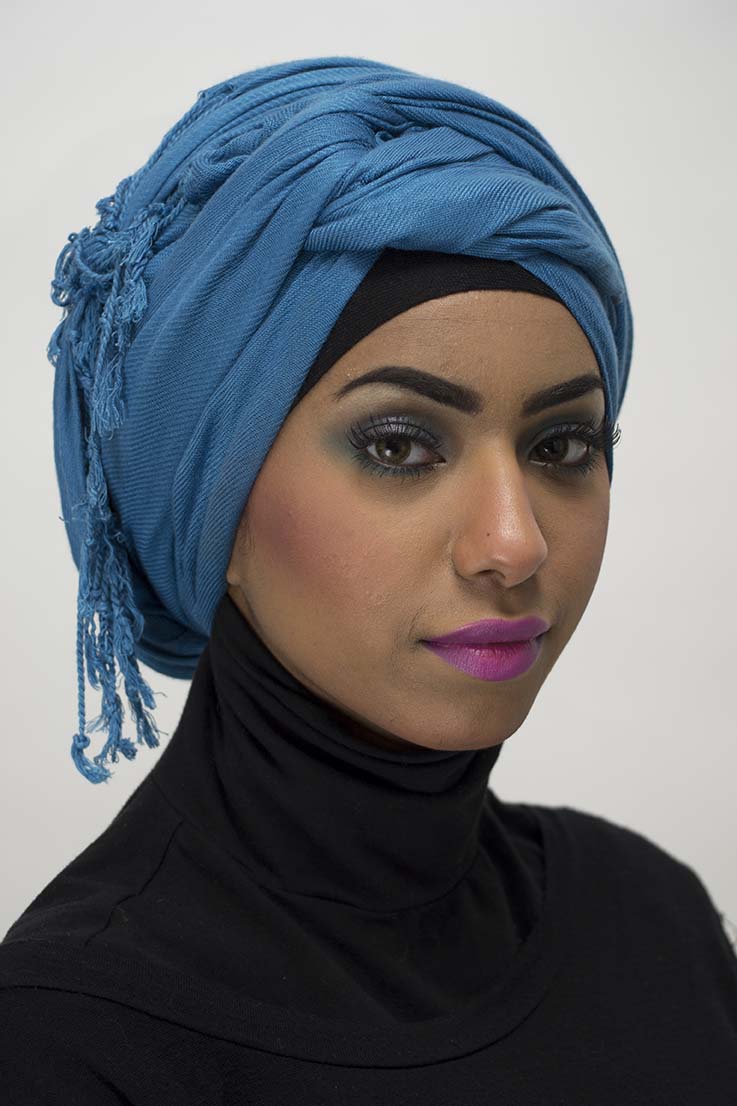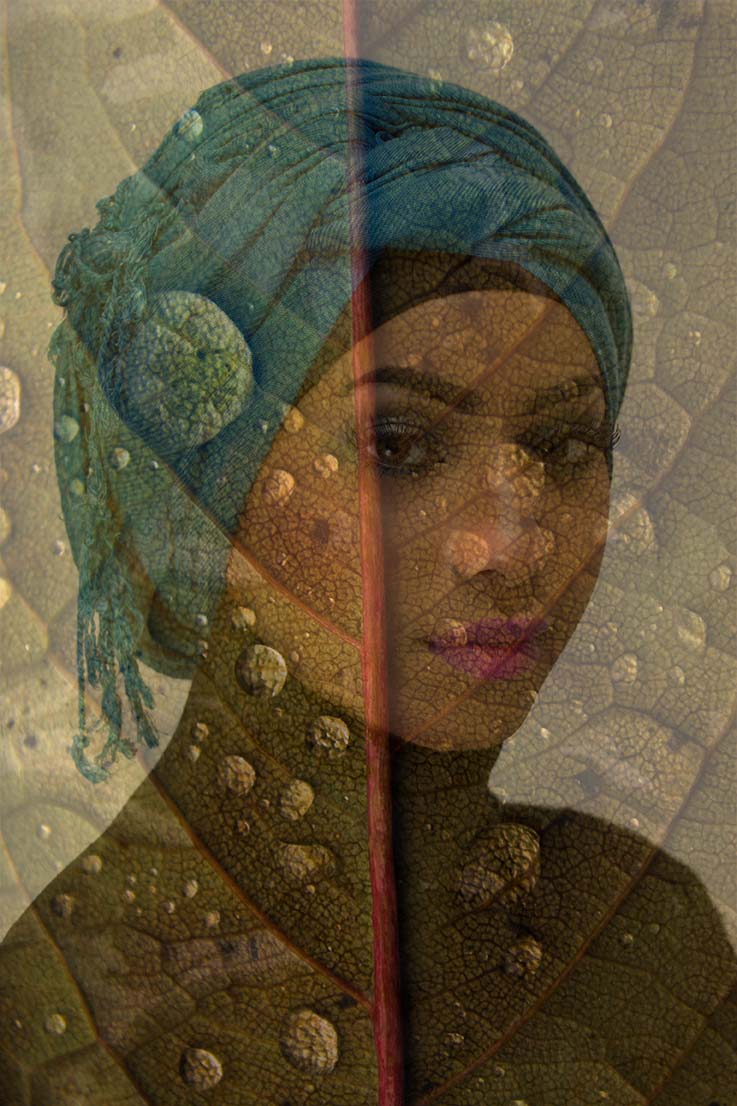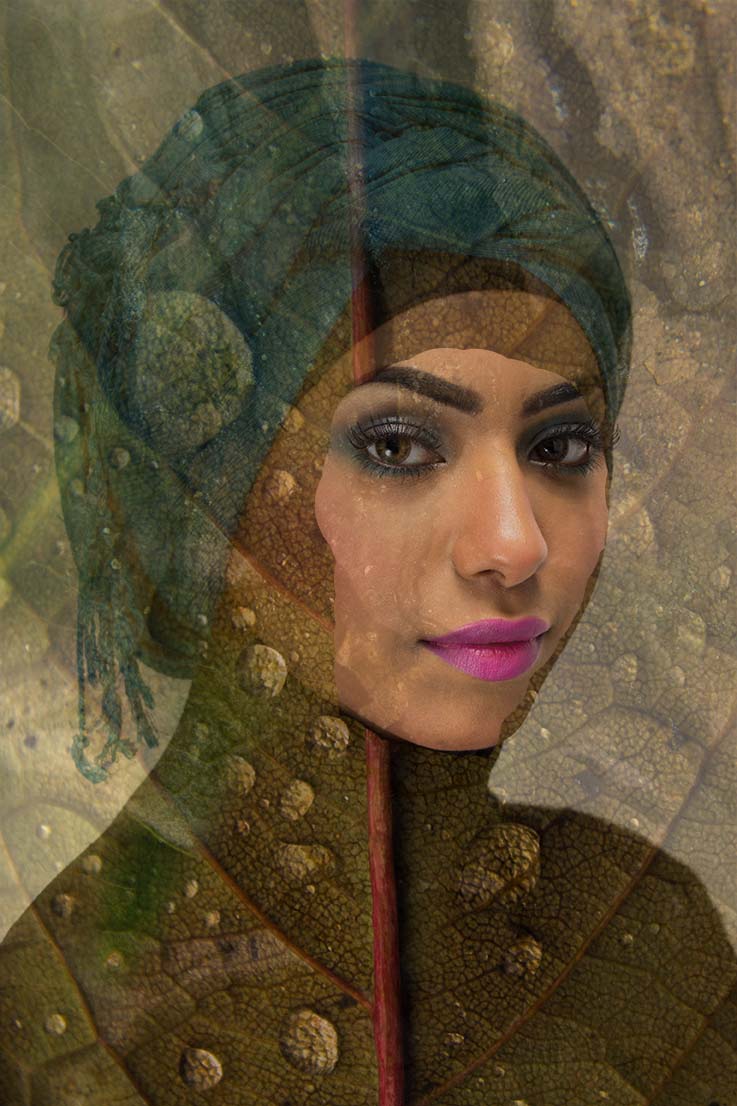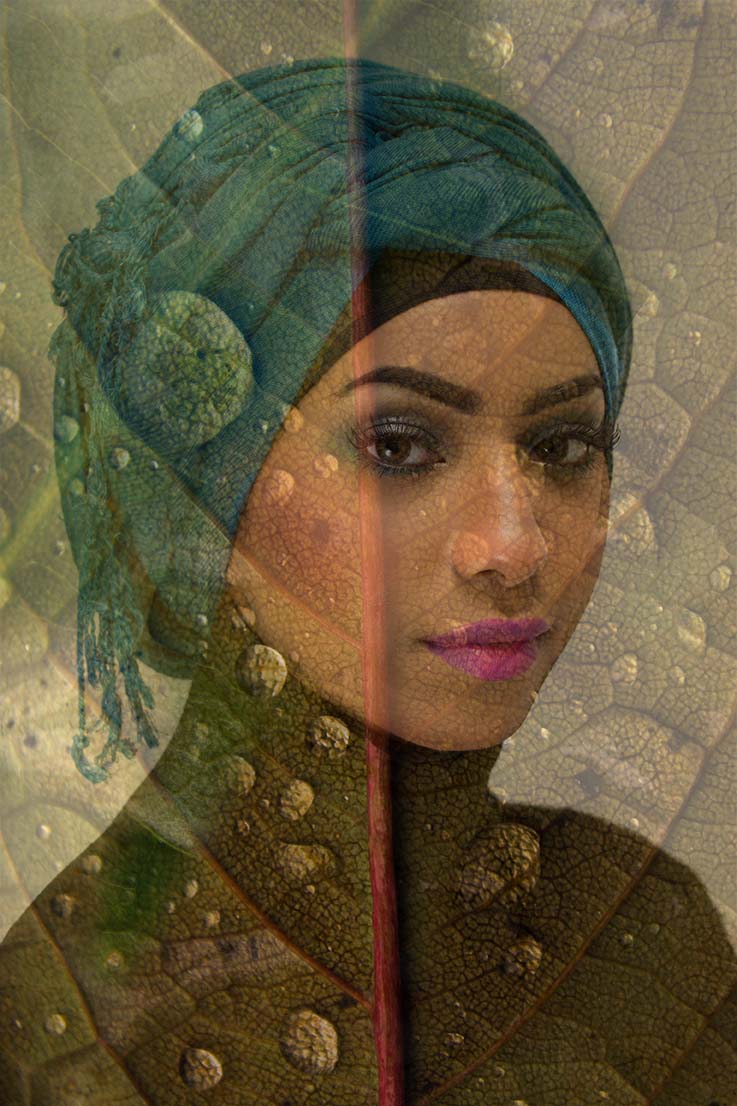As with any type of work, photography still has to follow the usual guidelines when it comes to keeping its practitioners and models safe. Below are just some of the key acts and guidelines that need to be adhered to to ensure safe practice. Obviously, we are mainly talking about digital photography here, but I may nod my head in the direction of analogue where I see fit.
Provision and Use of Work Equipment Regulations 1998 (PUWER).
* All equipment used in the studio or on location should be fit for purpose (e.g. flash units, lights, modifiers etc) as detailed in any manuals or documentation that came with the item. It should also only be used for the purpose it is designed to fulfil.
* Everyone using the equipment should have received the correct prompts on how to use it, including warnings on potential risks etc (for us, we were given a full day induction in H&S in the studio).
* Should ensure dangerous loose parts of electrical equipment is kept safe at all times (i.e. the triggers for the flash heads).
* All portable electrical appliances in and out of the studio should be PAT tested at least once a year (this also means any computers used for editing digital images).
* The temperature of any room where electrical equipment should be kept at an optimum at all times. This may be difficult on location shoots, as camera and flash batteries are known to run down quicker in cold conditions.
Health & Safety at Work Act (1974)
This is considered the main act covering primary health and safety in the UK, also includes a number of other acts and statutory instruments. In digital photography this mainly concerns itself with the computers/screens used to edit our images, not to mention all of the usual precautions and guidelines associated with office work and spending large amounts of time in front of a computer. For example:
* All display screens would have to be non-flicker (
Display Screen Equipment Regulations 1992).
* All lights in the rooms would need to be non-glare, so as not to reflect from the screen you sreen using.
* All screens should be positioned at a 90 degree angle from windows and other light sources (1).
* Walls painted in a neutral grey (preferably 18% grey) to prevent colour casts. Although I suppose this is more relevant the creative process.
* It advised those using computer screens should look up from the screen at something else every 15 minutes to reduce the risk of eyestrain.
* All chairs should be ergonomically sound, for "people weren't designed to sit at a computer all day" (2). Like display screen technology, this is to lessen the risk of back pain and fatigue.
Control of Substances Hazardous to Health (COSHH) (2002)
Generally speaking, this aims to safeguard those using or coming into contact with any substances (dust, fumes, gases, liquids) that are potentially damaging to health. Some of these cause damage to the skin, whereas gases may cause respiratory problems etc. This is an aspect of Health and Safety that you would expect to find on any induction course for any job in the country.
In terms of photography, we must mention analogue here (despite the fact this is largely a digital course), and how the dark room is full of such chemicals. This means being mindful of the way the chemicals in the dark room are packaged and stored (NB: probably not the best idea to store dangerous chemicals in other bottles), paying particular attention to the signs and symbols their bottles are labelled with. Below are some of the most common of these that would be associated with dark room practices:
 |
| Dangerous to the environment |
 |
| Flammable |
 |
| Toxic |
 |
| Corrosive |
It is not recommended to use one's hands when handling dark room chemicals, so either tongs or the use of latex gloves, aprons and eye protection (Personal Protective Equipment- PPE) is preferable, despite the fact all photographic chemicals these days are heavily diluted.
The major suppliers of these chemicals are obliged to provide Safety Date Sheets (SDS) with all their chemicals, and these can be very helpful in detailing what they are made of should they need to presented to a member of staff at A&E in the event of an emergency. Ilford (supplier of chemicals and papers) also has detailed safety information on their
website.
Risk Assessments
As in all workplaces, all photographic practice is expected to undergo necessary risk assessments prior to any work being carried out. This can be as simple as asking models and subjects (at an event or in the studio) to sign model release forms as a means of the photographer
safeguarding him/herself against those unhappy with where and how the images are used.
During my
Broughton House shoot for the Interior Location brief I was obliged by both the manager and the colonel to: 1) have my tutor email them confirming who I was; 2) have my college ID on me at all times and 3) ask all residents and staff to sign a model release form prior to being photographed. After all, the home has strict guidelines on confidentially, being a social care provider.
Of course, the main risks in photography are the more tangible risks in the studio and on location, such as trips, falls and electrical overload. For this reason, the risk assessment often comprises five main parts (as with in other industries): 1) Identifying hazards (something with a potential to cause harm); 2) Decide who may be harmed; 3) Evaluate Risks and decide on precautions (risk = likelihood of the hazard actually causing harm); 4) Record findings and implement them; 5) Review assessments and update if necessary. I will now take my Action Man studio brief as an example of this, due to the fact it was me who booked it, so it was me taking sole responsibility for my own safety.
1) Hazards Identified:
Lots of wires in the same small space giving way to trips and falls or lights knocked over and bringing down the whole set-up; objects on the table likely to fall (boom arm of tripod liable to toppled onto table; possibly injuring body); using lights with too many amps for one socket; breakage of bulbs (trodden on, cuts from glass); touching hot bulbs and reflectors with bare hands; straining arms attaching heavy soft boxes; banging head on lights; low light in studio (difficult to see what I'm doing).
2) Who might be harmed?
Me first of foremost. Other tutors/students popping in and out on the day, as well as those stepping on broken glass after this; my camera and college's equipment; Action Man himself (arf).
3) Evaluation of risks and possible precautions:
Keep all wires in sight and tucked-away safely; make sure all electrical equipment and their wires are completely necessary; tighten any tripods and light stands to ensure they don't come loose and topple over; ensure backdrop items are all safe and self-contained within one space; not too many plugs daisy-chaining together (although I'm sure Dave Sweeney would have something to say about this on the day); turn lights down/off before changing attachments and/or use a piece of material to handle hot objects; turn on main lights for any important changes.
4) Record Findings and Implement them:
I have just done this above.
5) Review your assessment and update if necessary:
Obviously, if I was using the studio on a more regular basis, I would be able to carry-out an ongoing assessment of the risks involved. Suffice to say I have struggled with attaching soft boxes to flash heads and burnt my hands many times now.
In the following post I will show some images from a shoot I did at Manchester's Rogue Studios, pointing out some of the dangers present in what was ostensibly a disused mill.
1) http://www.crossbowcorporate.com/anti-glare-screens/
2) http://www.weareworkwise.co.uk/dse-risk-assessment.php























































